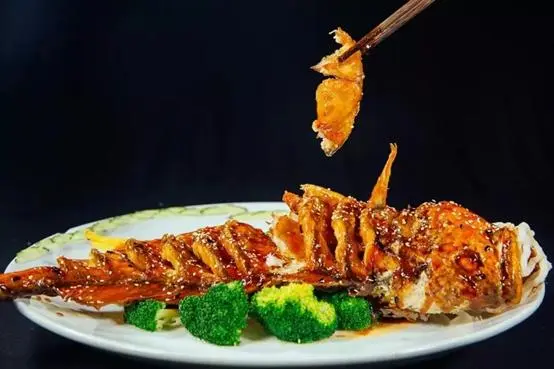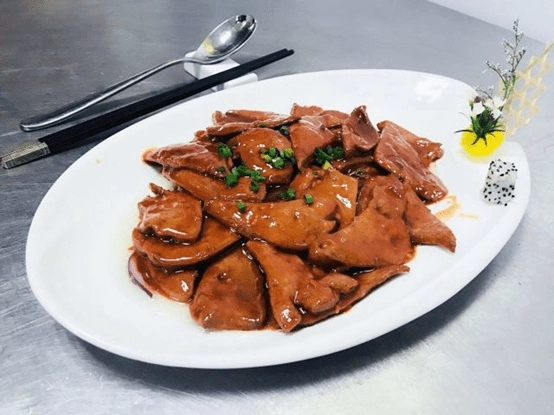Fujian cuisine, one of China’s top ten famous cuisines, is a culinary tradition that originated from the fusion of different regional styles in Fuzhou, Minnan, and Minxi areas. It is known for its refreshing, tender, and delicate flavors. Fujian cuisine places great emphasis on knife skills, not only delivering exquisite taste but also appealing visually to diners. Let’s explore the culture of Fujian cuisine together!

Fujian cuisine, one of China’s eight major culinary styles, has evolved through the blending and exchange of Central Han culture and the ancient Yue culture of the local people. Based on Fuzhou cuisine, Fujian cuisine incorporates flavors from Min Dong, Min Nan, Min Xi, Min Bei, and Putian, creating a diverse culinary tradition. The people of Fujian, through long-term interactions with overseas communities, especially in the South Seas, gradually integrated foreign culinary customs into their own, making Fujian cuisine unique with its openness. Fujian cuisine is renowned for preparing exquisite mountain and sea delicacies. With a focus on freshness and a balanced combination of flavors, it excels in fragrance and taste. Its characteristic features include clarity, harmony, richness, and a non-greasy style, as well as a wide variety of soups, making it stand out in the culinary world.

Fujian cuisine, originating in Fuzhou, can be divided into three main schools: Fuzhou cuisine, Minnan cuisine (including Quanzhou, Xiamen, and Zhangzhou), and Minxi cuisine (including Longyan and southwestern regions). Fuzhou cuisine emphasizes lightness, freshness, and a balance of sour and sweet flavors, especially valuing the freshness of soups. Minnan cuisine focuses on seasonings and aroma, while Minxi cuisine leans towards salty and spicy flavors, often incorporating mountain flavors. Therefore, Fujian cuisine is characterized by its expertise in red yeast seasoning, soup-making, and the use of sweet and sour elements. Even when it has influenced Shanghai cuisine, it retains its traditional essence.

A significant aspect of Fujian cuisine is its soups, constituting 40% of the cuisine. The Fujian people have a tradition of consuming seafood and soups dating back over 5,000 years, facilitated by the region’s climate, which is conducive to soup-making throughout the year.

It is said that after the upheaval of the “Yongjia Rebellion” during the Jin and Southern and Northern Dynasties period, a large number of scholars and aristocrats from the Central Plains migrated to Fujian. This influx brought advanced technology and culture from the Central Plains, leading to a fusion of local Yue culture and external influences, promoting local development. For example, the use of red yeast in cooking, which started in the Central Plains before the Tang Dynasty, was introduced to Fujian by immigrants. The abundant use of red yeast made red the primary color in Fujian cuisine’s culinary aesthetics.
Distinctive red yeast sauce became a common ingredient in Fujian cuisine, used in dishes such as Red Yeast Fish, Red Yeast Chicken, and Red Yeast Pork. As Fujian engaged in trade with Shanghai and other regions, cultural exchange flourished, and overseas techniques were introduced. While Fujian cuisine embraced traditional techniques, it also absorbed the essence of various culinary traditions. Consequently, it evolved into a refined, light, and elegant culinary style, forming a highly regarded culinary system within the realm of Fujian cuisine.
